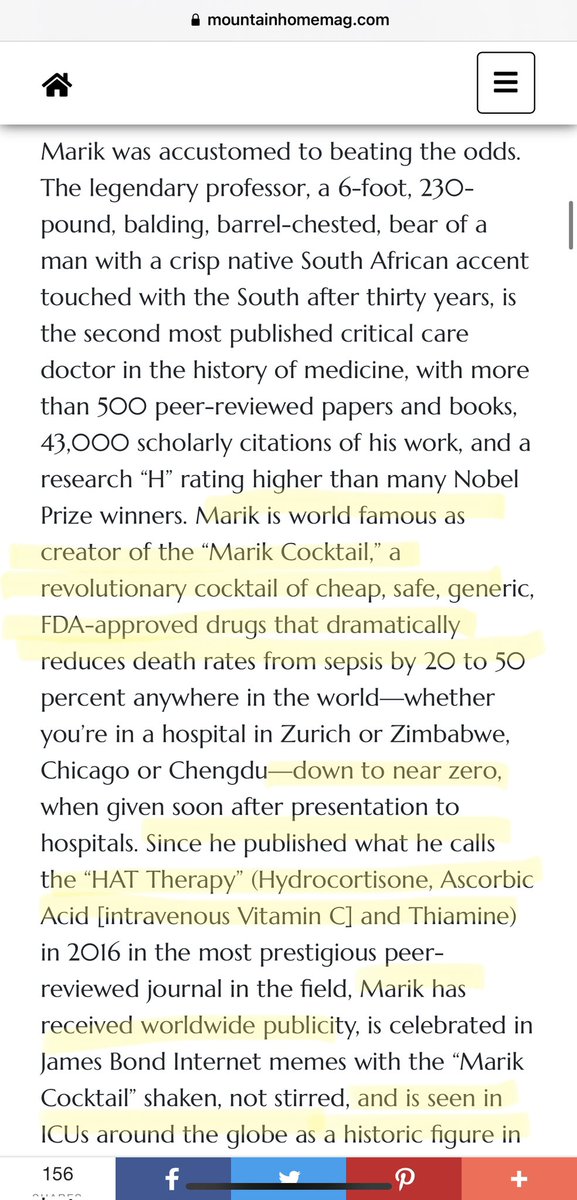
Biochem/Biology, fmrNASA Astronaut Instructor, Constitution, Chicken lady, HomesteaderRegenerative Ag, Animal Rescue. Biz Owner, HorseShowMom, Guitar, Piano
How to get URL link on X (Twitter) App


https://twitter.com/katetalkstruth/status/1582142320119410688@JesseKellyDC

https://twitter.com/damnnobueno/status/1440705726947594244
https://twitter.com/robinenochs/status/1441068703794307073



https://twitter.com/MarthaAlberts17/status/1395918907140157441


 Link to article in case his tweet is deleted by twit.
Link to article in case his tweet is deleted by twit.
https://twitter.com/EvanMcMullin/status/1324511000763101184Hey guys, they've formed a hate group and they're making lists. We always knew they were the fascists, guess they're out in the open now.


https://twitter.com/RobinEnochs/status/1263851557063258114Mechanism of HIV Reverse Transcriptase Inhibition by #Zinc ncbi.nlm.nih.gov/pmc/articles/P… NIH study is also